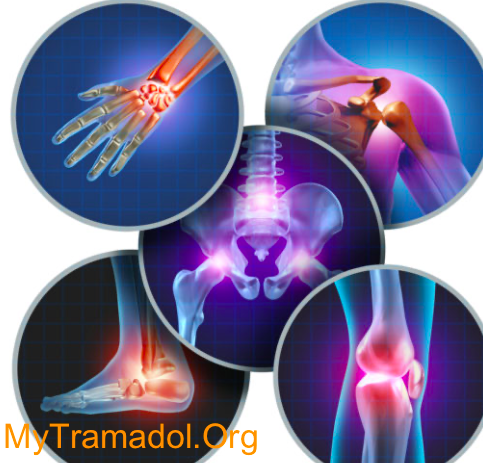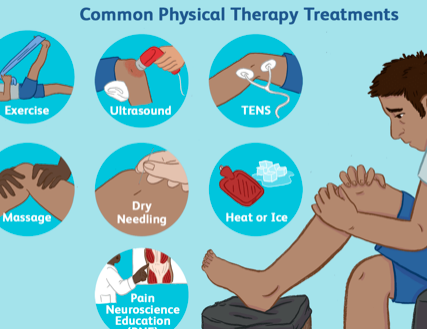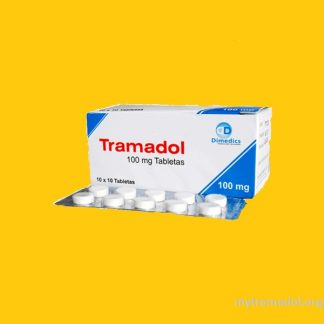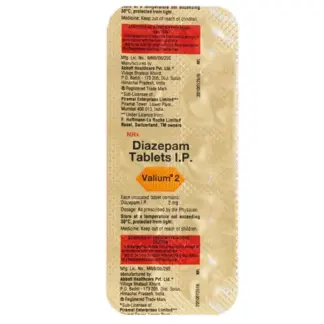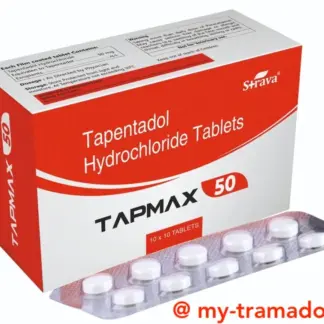
Pain management is a crucial aspect of healthcare, and tramadol has emerged as a popular choice for treating moderate to severe pain. However, as with any medication, it’s essential to understand its uses, dosage, and potential side effects to ensure safe and effective use. In this comprehensive article, we’ll delve into the intricacies of tramadol, providing you with the knowledge needed to make informed decisions about its use.
What is Tramadol:
Tramadol is a synthetic opioid analgesic that works by binding to specific receptors in the central nervous system (CNS). Unlike traditional opioids, tramadol has a unique mechanism of action that also involves inhibiting the reuptake of neurotransmitters like serotonin and norepinephrine. This dual mode of action contributes to its efficacy in managing moderate to severe pain.
Approved Uses of Tramadol:
Tramadol is primarily used for the treatment of moderate to severe pain, including chronic pain conditions such as osteoarthritis, neuropathic pain, and cancer-related pain. It is also prescribed for post-operative pain management and can be used to alleviate pain associated with injuries or medical procedures.
Dosage and Formulations:
Tramadol is available in various formulations, including immediate-release tablets, extended-release tablets, and capsules. The recommended dosage varies depending on the severity of pain and the patient’s individual circumstances. For adults, the typical starting dose for immediate-release formulations is 25 mg taken every 4 to 6 hours, with a maximum daily dose of 400 mg per day.
Extended-release tablets are designed for long-term pain management and are typically taken once daily. It’s crucial to follow your healthcare provider’s instructions and never exceed the recommended dosage, as doing so can increase the risk of side effects and potentially lead to addiction abuse and misuse.
Side Effects and Precautions:
Like most medications, tramadol can cause side effects, some of which may be serious. Common side effects include nausea, vomiting, constipation, dizziness, and drowsiness. Less common but more severe side effects may include seizures, shallow breathing, and allergic reactions.
It’s essential to talk with your doctor about any existing medical conditions, such as liver or kidney disease, as these can affect how your body metabolizes tramadol. Additionally, certain drug interactions can occur with tramadol, so it’s crucial to inform your healthcare provider about all medications, supplements, and herbal products you’re taking.
Tramadol should be used with caution in children younger than 12 years of age, as well as in older adults and those with a history of substance abuse or addiction. Abrupt discontinuation of tramadol after long time term use can lead to withdrawal symptoms, so it’s important to follow your doctor’s instructions for tapering off the medication gradually.
Safe Use and Storage:
To ensure safe use of tramadol, it’s essential to follow your healthcare provider’s instructions carefully. Never take more than the prescribed dosage, and avoid sharing or selling your medication to others. Store tramadol in a secure location, out of reach of children, and dispose of any unused or expired medication properly.
Tramadol: Pain Points to Remember
| Characteristic | Description |
|---|---|
| Drug Class | Synthetic opioid analgesic |
| Indications | Moderate to severe pain, chronic pain conditions |
| Formulations | Immediate-release tablets, extended-release tablets, capsules |
| Typical Adult Dosage | 25 mg every 4-6 hours (up to 400 mg per day) |
| Common Side Effects | Nausea, vomiting, constipation, dizziness, drowsiness |
| Precautions | Use caution in children, older adults, liver/kidney disease, substance abuse history |
| Safe Use | Follow dosage instructions, store securely, avoid sharing/selling |
| Any Offer Available? | Yes, Buy tramadol online overnight |
This table provides a concise overview of key points about tramadol, including its drug class, indications, formulations, typical dosage, common side effects, precautions, and safe use guidelines.
Conclusion:
Tramadol is a valuable pain medication that can provide relief for moderate to severe pain conditions. However, it’s essential to understand its uses, what is the dosage of tramadol, and potential side effects to ensure safe and effective use. By following your healthcare provider’s instructions, being aware of precautions and potential drug interactions, and storing and using the medication responsibly, you can maximize the benefits of tramadol while minimizing the risks. Remember, open communication with your doctor is crucial for optimal pain management and overall well-being.




